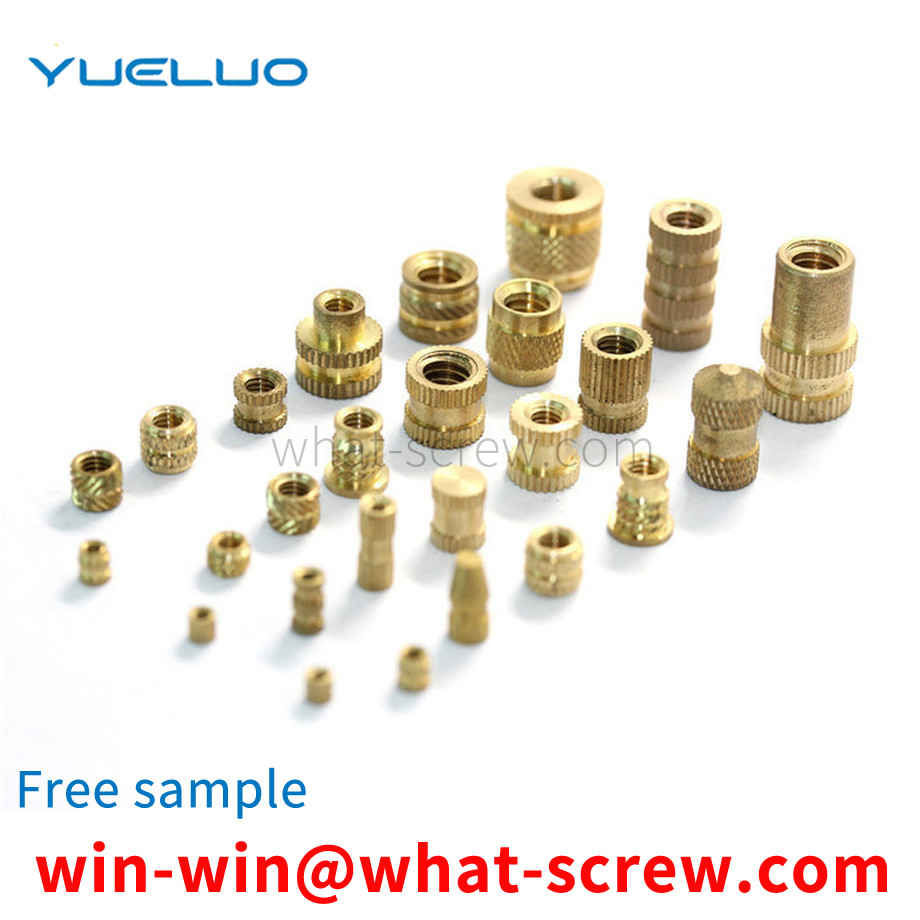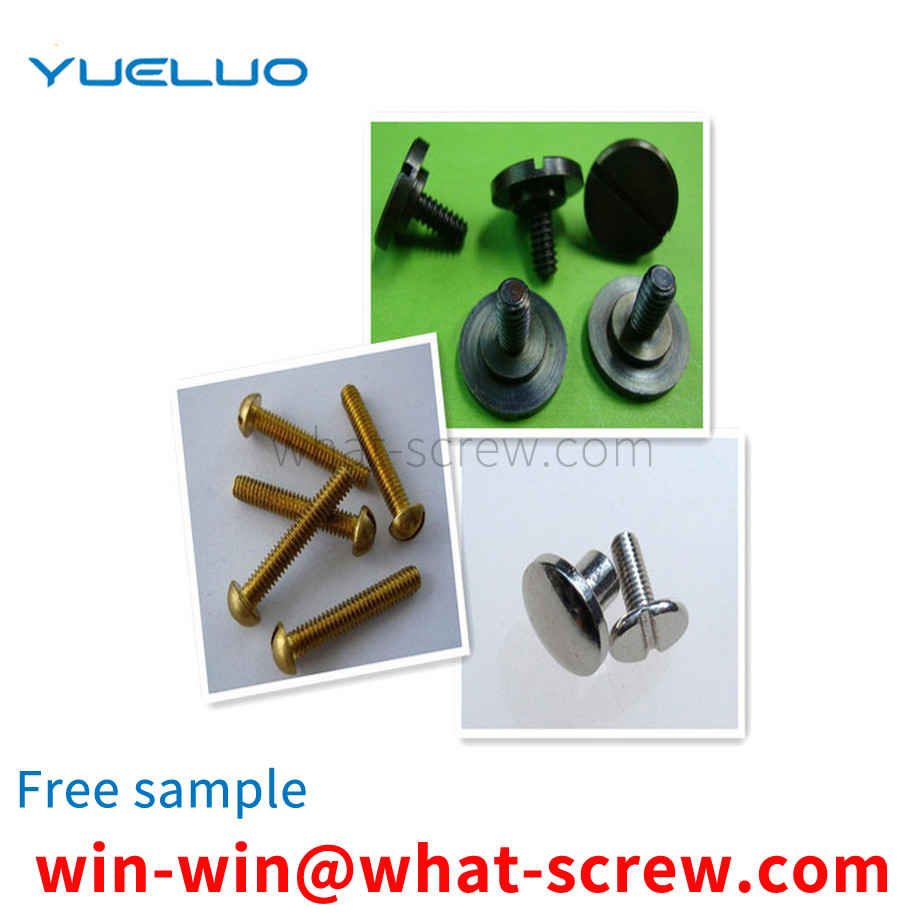At present, in the process of injection molding, stamping, testing, etc., the product is usually positioned on the mounting plate or the positioning plate by pins. The general pin positioning method uses cylindrical pins with the same cross-sectional diameter for positioning. Because the product is easily deformed during processing, the pin positioning hole on the product is also deformed. With this kind of pin for positioning, the pin is often stuck. Dead products cause inconvenience in handling the workpiece, resulting in broken pins or scratched or even damaged products, with obvious defects.
Due to its convenient operation, quick-release screws are widely used in aviation recording equipment, such as the operation panel on the central console of the aircraft, the upper operation panel, etc. However, the assembly of quick-release screws needs to be assembled in sequence. Springs and quick-release screw rods, usually the quick-release screw crimping tools provided by external suppliers can only crimp some small-sized quick-release screws, or custom-made quick-release screw crimping tools for a certain product, time and cost are very high, so it is necessary to design a quick-release screw assembly device for general aviation airborne equipment.
Various stainless steel materials have different properties due to their different material contents, so the corrosion resistance is also different. The following is a brief explanation of several commonly used materials: 304 is a universal stainless steel, which is widely used in the production of good requirements. Equipment and components with comprehensive properties (corrosion resistance and formability). 301 stainless steel exhibits obvious work hardening phenomenon during deformation, and is used in various occasions requiring higher strength. 302 stainless steel is essentially a variant of 304 stainless steel with higher carbon content, which can obtain higher strength by cold rolling. 302B is a kind of stainless steel with high silicon content, which has high resistance to high temperature oxidation. 303 and 303Se are free-cutting stainless steels containing sulfur and selenium, respectively, and are used in applications where free-cutting and high surface finish are mainly required. 303Se stainless steel is also used to make parts that require hot upsetting, because under these conditions, this stainless steel has good hot workability. 304L is a lower carbon variant of 304 stainless steel used where welding is required. The lower carbon content minimizes carbide precipitation in the heat-affected zone near the weld, which can lead to intergranular corrosion (weld erosion) of stainless steel in some environments. 304N is a nitrogen-containing stainless steel, and nitrogen is added to increase the strength of the steel. 316 (18Cr-12Ni-2.5Mo) material: due to the addition of Mo, its corrosion resistance, atmospheric corrosion resistance and high temperature strength are particularly good, and can be used under harsh conditions; excellent work hardening (non-magnetic).
Among the mold parts used in the can manufacturing industry, some product inner holes need to be processed with stop slots after heat treatment. The inner hole diameter of the product is φ28mm, the width of the slot is about 1.3mm, and the size and shape of the outer end face of the slot adjacent to the orifice The tolerance requirements are very strict, generally within the range of 0.02mm. If the CNC machine tool is used for cutting, the blade loss is very serious because the groove width is too narrow; if the inner hole grinding is used, there is no ready-made grinder and grinding wheel.
Sometimes, the iron screws are often seen broken, and sometimes, the stainless steel screws are also seen broken. But generally speaking, stainless steel screws rarely break. Because the stainless steel screw wire itself is relatively hard. But under certain circumstances, stainless steel screws can still break. So what are the main reasons for stainless steel screws to break? The reasons for the fracture of stainless steel screws are as follows: 1. The quality of raw materials used for stainless steel screws is poor, and the quality of stainless steel screws is not good. There are many impurities, impure, resulting in insufficient hardness of stainless steel screws. 2. The production process of stainless steel screws. For example, stainless steel screws with eccentric head and eccentricity, and the Q value is too deep and the R position design is too small during the down punching operation during production. 3. The customer uses too much force when using stainless steel screws. Generally, you do a torque test to see how much the minimum breaking force is, and then adjust the torque. Of course, stainless steel screws must be broken for more than three reasons. But the above three reasons are the main reasons for the fracture of stainless steel screws. When the stainless steel screw is found to be broken, it can be checked step by step. Find out what's causing it.
We have many years of experience in the production and sales of screws, nuts, flat washers, etc. The main products are: copper inner teeth plastic handle nuts, yin and yang columns, screw screw connection nuts, HTS support columns and other products, we can provide you with suitable products for you. Fastener Solutions.



















 Service Hotline
Service Hotline




